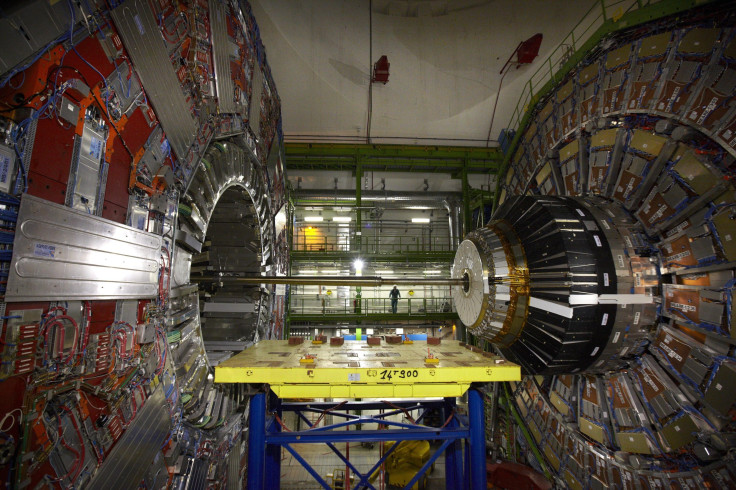What Is Dark Matter? New Evidence Sheds Doubt On Long-Held Beliefs About Particle Collisions

A group of internationally renowned scientists are gathering in a small Italian city to debate a picture that, if research is any indication, could forever change the way astrophysicists study dark matter. The meeting, known as Planck 2014, centers on an image that replicates what the universe looked like when it was 380,000 years old -- a time when the temperature of much of outer space was hotter that the sun.
Data from the image captured by the European Space Agency’s Planck satellite technology aren’t scheduled to be published until later this month in the journal Astronomy and Astrophysics, but it has already sparked a new debate over what exactly makes up dark matter. While it’s still understood at only a very basic level, dark matter is broadly defined as space matter that creates a gravitational pull throughout the universe.
The pictures collected by the Planck satellite provided astrophysicists at the conclave in Ferrara, Italy, with a glimpse into the past by using radio receivers to capture the remnants of microwave radiation left over from the Big Bang.
The debate over dark matter is heating up. Astrophysicists recently suggested, for instance, that GPS satellites might inadvertently be able to identify traces of dark matter lurking near luminous matter. That research came after the journal Physical Review Letters posited the notion that dark matter might slowly be swallowing the known universe.
The Planck findings, so far, indicate the 13.8 billion-year-old universe is made up of 4.9 percent atomic matter, 26.6 percent nonatomic dark matter and 68.5 percent of the broadly defined and even less understood dark energy, according to the New York Times, which was first to report on the Planck 2014 results.
Planck 2014’s findings don’t pin down what makes dark matter but rather what does not.
© Copyright IBTimes 2024. All rights reserved.





















